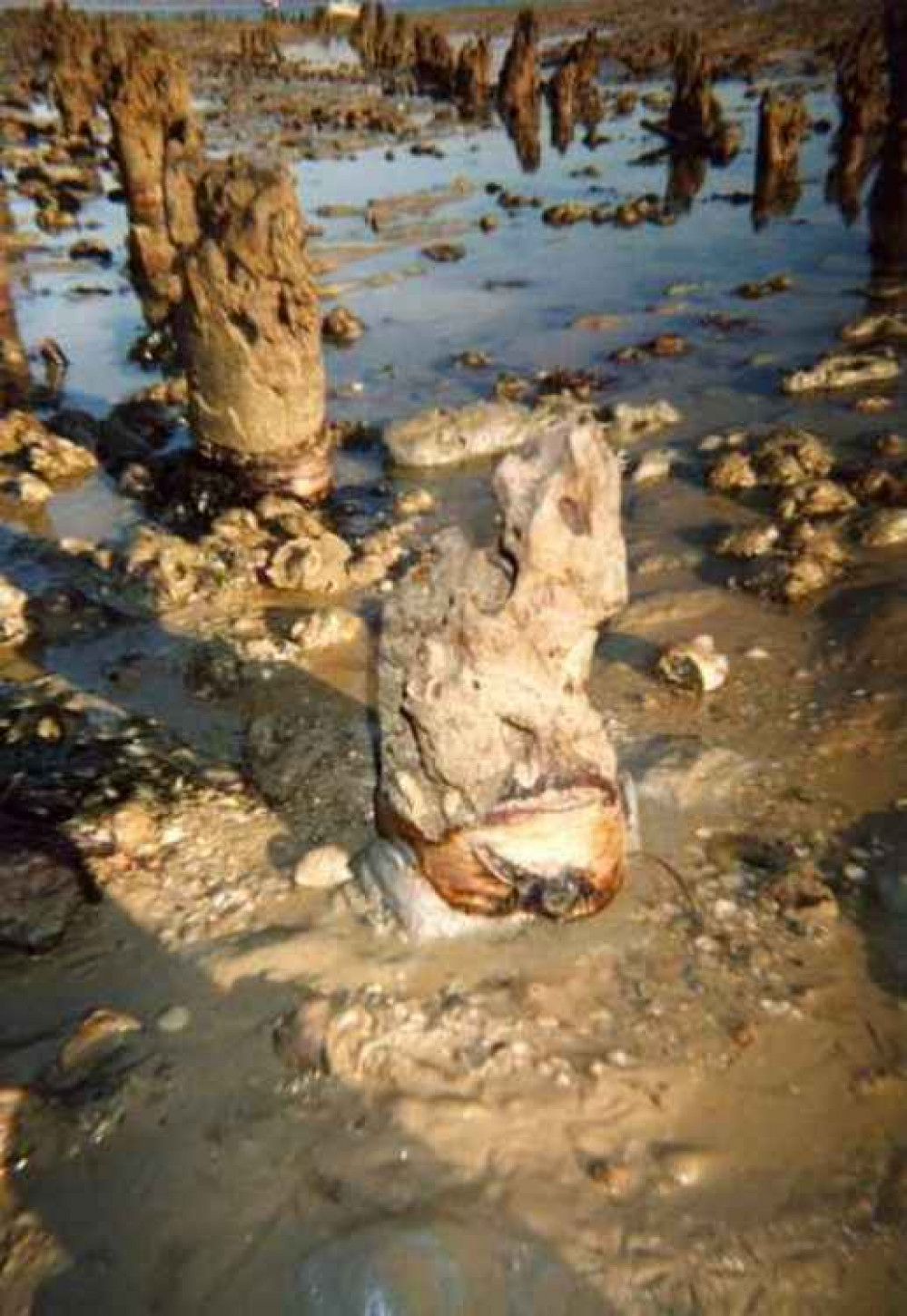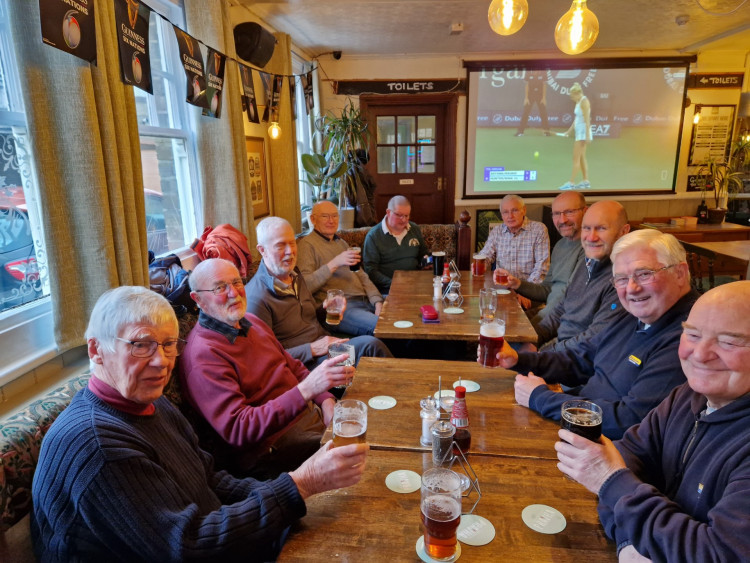Historic Maldon District: Industrial fishing in Saxon times
By The Editor
13th Jun 2021 | Local News

With the international rows generated by large-scale fishing dominating recent headlines, it's easy to assume that sea fishing in ancient times was a very small-scale affair, conducted by intrepid souls in small boats bringing back small catches for their families and maybe a few other villagers as well.
In fact, Saxon coast-dwellers developed fishing on a very large scale in some places, often without having to venture to sea at all. This skill was inherited by their medieval descendants.
I am referring to the fish weir, a device designed to trap marine fish after they have entered a controlled zone at high tide. As the tide recedes, the fish are trapped, and are harvested by the owners of the weir.
Fish weirs go back to prehistory – fish get trapped in rock pools and behind rocky outcrops naturally, and it would be easy to imitate and extend this process by building rock or wooden boundaries. More scientifically, V-shaped walls or timber fencing were developed in Saxon times to channel the fish as the tide receded to a single point, where baskets or nets could be placed to collect them.
Essex's saltmarsh coast, with gently shelving land and a broad intertidal zone makes it ideal for this purpose. It's not surprising therefore that we know of a number of these features. Four are scheduled monuments: the weirs at Sales Point and Pewet Island, Bradwell, The Nass, Tollesbury, and at West Mersea. Others are known at Collins Creek and East Mersea.
These are some of the most impressive such structures known from Britain, but were only fully explored by dedicated individuals between the 1960s and 1990s. They tend to be located at just below mean low water level, and are only properly visible during good weather over a few days each year. Radiocarbon dating of the timbers suggests dates between 650-950 AD.
The fish weir at Sales Point is, like the others, made of upright timber posts spaced at intervals, with hurdling woven into the spaces. The uprights are particularly well preserved, while the hurdling has been prone to being washed away over the centuries. Three walls, 180m, 290m and 340m long have been recorded. A large wattle basket (probably part of the trap) has been found, and there are extensive fish bone deposits. It's likely this trap was associated with the nearby Saxon monastery of Othona at Bradwell-on-Sea.
We now know quite a lot about these remarkable works, which must have been able to catch thousands of fish each low tide. But there is something of a blank when it comes to how the Saxons owned and distributed these massive catches. Sales Point seems to have been owned by a monastery, and from the 10th Century the large manors and religious houses seem to have monopolised the fish weirs. But perhaps some of our weirs were more of a community effort in Saxon times.
New maldon Jobs Section Launched!!
Vacancies updated hourly!!
Click here: maldon jobs
Share:





